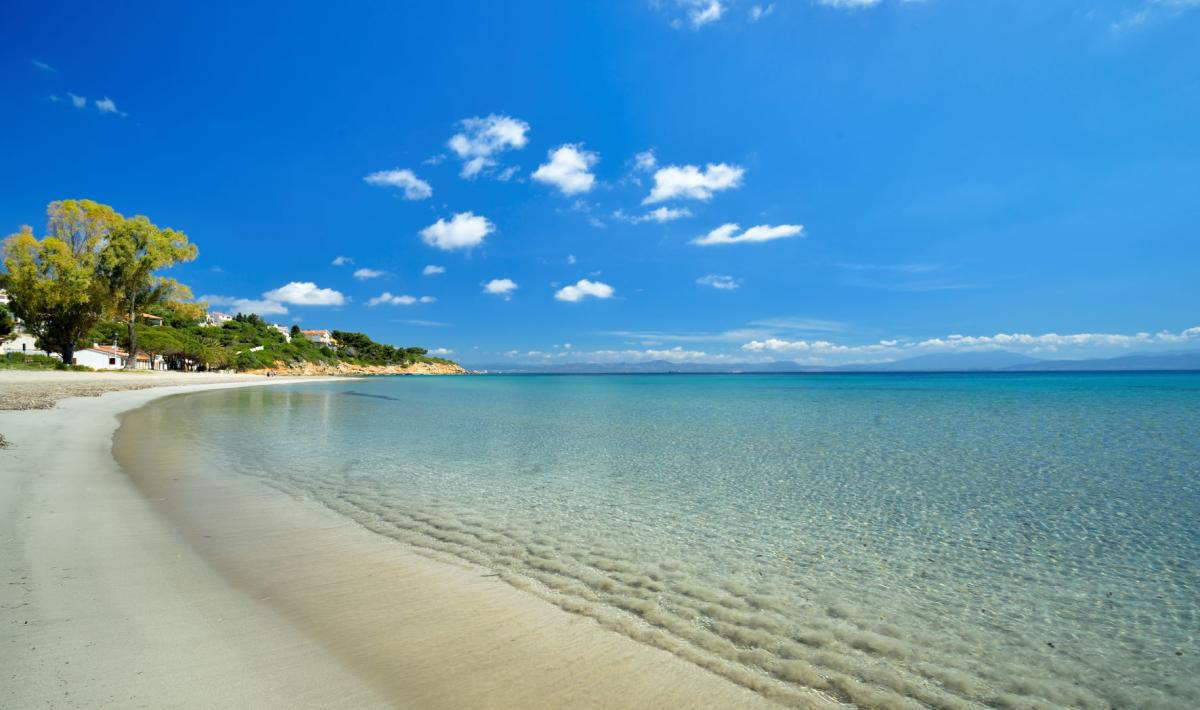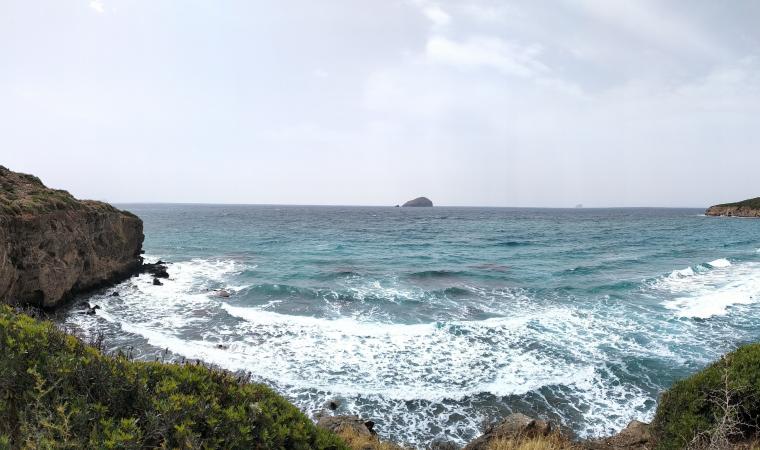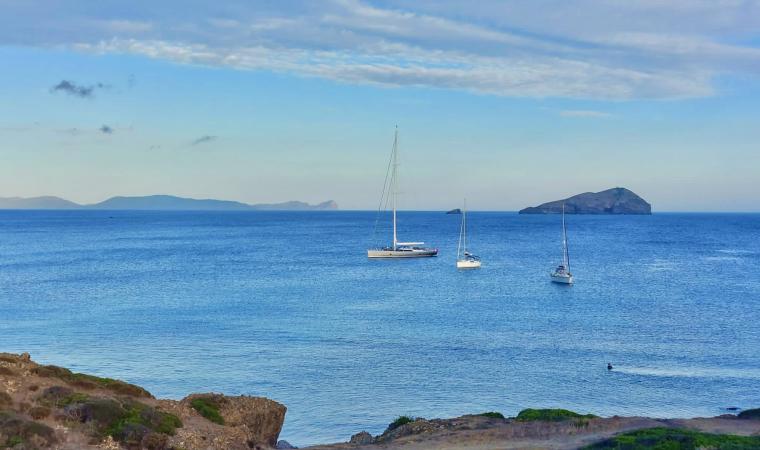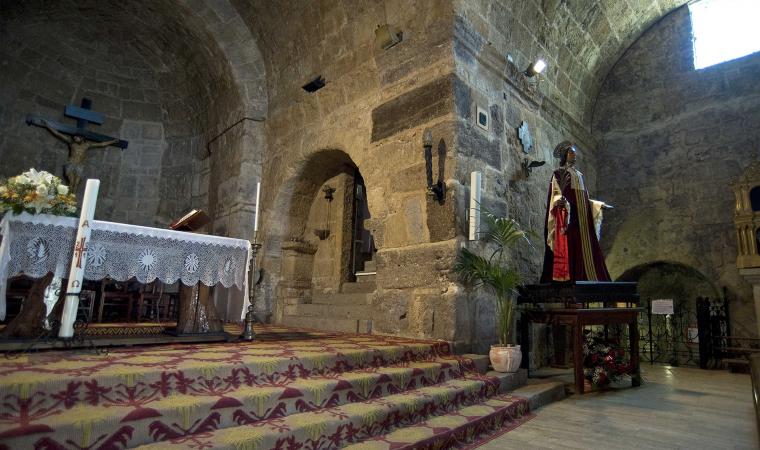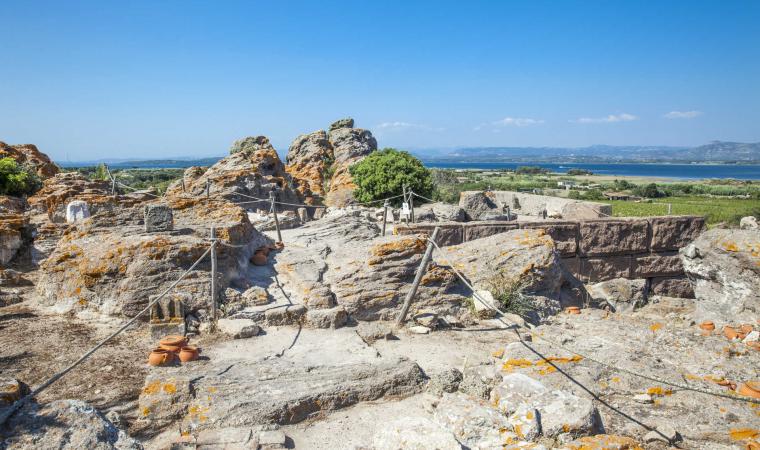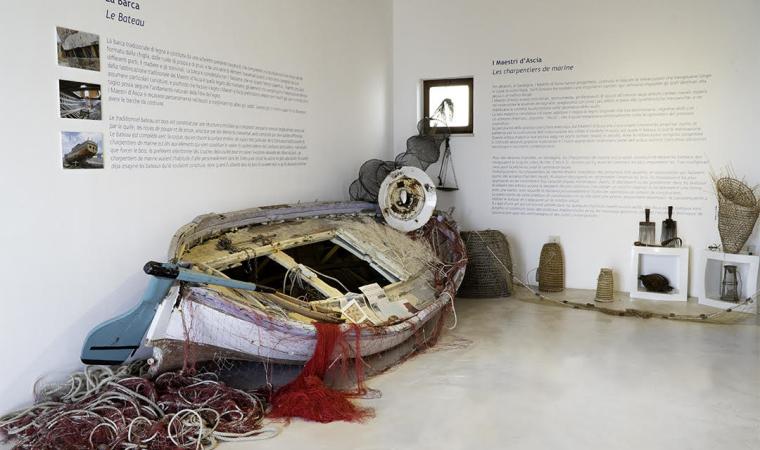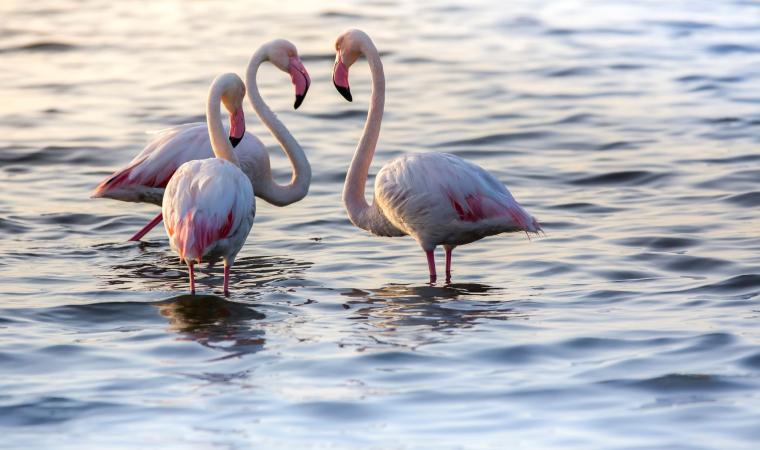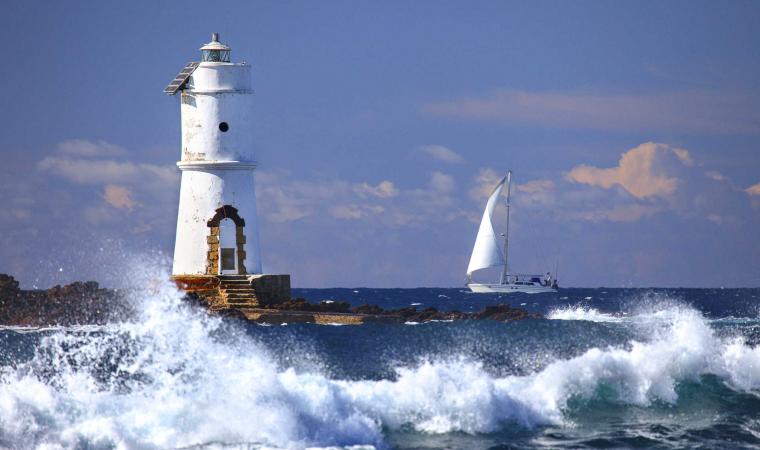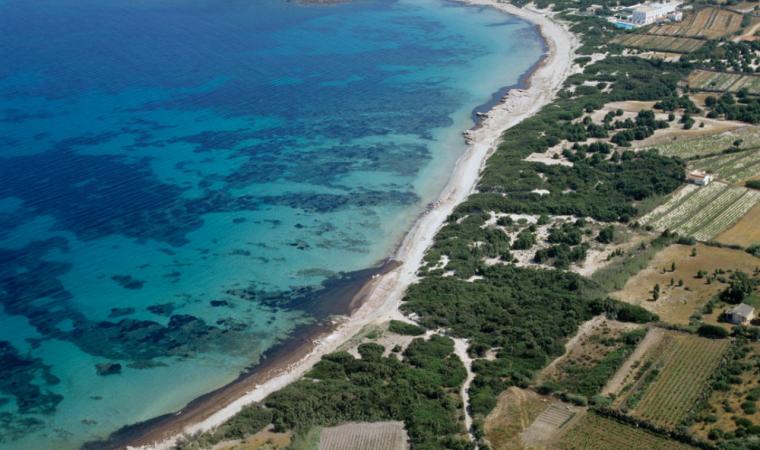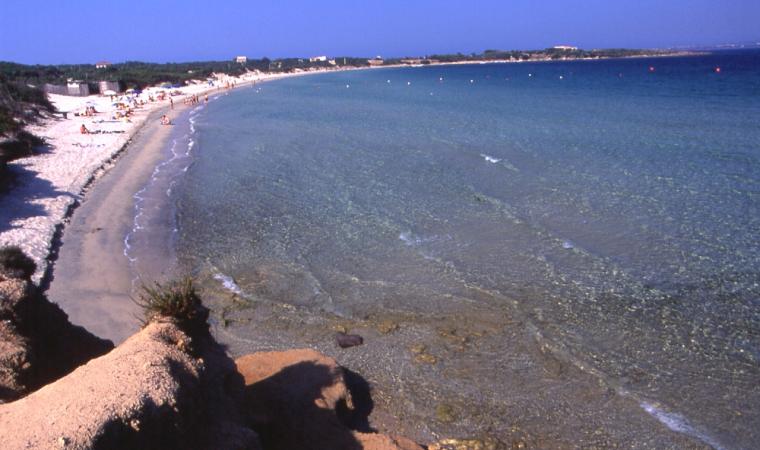A natural paradise, suitable for families, couples or a relaxing solo break. The beautiful beach of Maladroxia is one of the jewels of Sant’Antioco, about nine kilometres from the centre of the main town on the island. It is characterised by a long and undulating sandy beach of about 500 meters of soft, fine and soft sand mixed with sections of pebbles, plunging into the limpid and crystalline water of a sea with colours ranging from emerald green to turquoise. The seabed is low near the shoreline and gently sloping; just a little further out, you will come across dry dunes of posidonia, on which you can walk. The frequent winds make it an ideal destination for surfers and it is loved by scuba-diving enthusiasts. The beach is surrounded by Mediterranean greenery, and backed by the small village of Maladroxia, a tourist resort with private villas, holiday homes and hotels, restaurants and pizzerias, kiosks and bars. The wide range of services complete the picture: ample parking, buses, and rental services for bathing equipment, pedal boats, canoes and rafts. The village is dominated by a hill surmounted by the s'Ega de Marteddu nuraghe.
Maladroxia stretches in front of the Golfo di Palmas, on the south-eastern side of the Island of Sant’Antioco, the largest minor island of Sardinia, whose territory is divided between the towns of Calasetta and Sant'Antioco. The coastline has high jagged cliffs to the south and lower shores to the north. Portixeddu is the nearest beach to the village, and is made of pebbles, like the nearby and larger Turri beach. Another sandy stretch in the territory of Sant'Antioco is the long and sinuous beach of Coacuaddus, divided into two parts by a large rock and bordered by limestone cliffs. Do not miss the cliffs of is Praneddas (or arco 'dei Baci'), where you can stand on a terrace, 200 meters above the sea, to admire the whitewashed rocks of Cala Sapone and Cala Grotta and Cala della Signora . Capo Sperone is the extreme southern tip, in front of which rise the islets of Vacca and Toro, natural havens inhabited by rare birds.
The town is characterised by colourful houses, amazing restaurants and a tourist port, which give it a strong seafaring identity. Once it was known as Sulky, a Phoenician colony born in 770 BC, which later passed under the Carthaginian rule and became a flourishing Roman city with the name of Sulci. Don't miss a visit to the sanctuary of Sant'Antioco Martire, patron saint of Sardinia, and to the Ferruccio Barreca archaeological museum which contains Phoenician-Punic finds.

